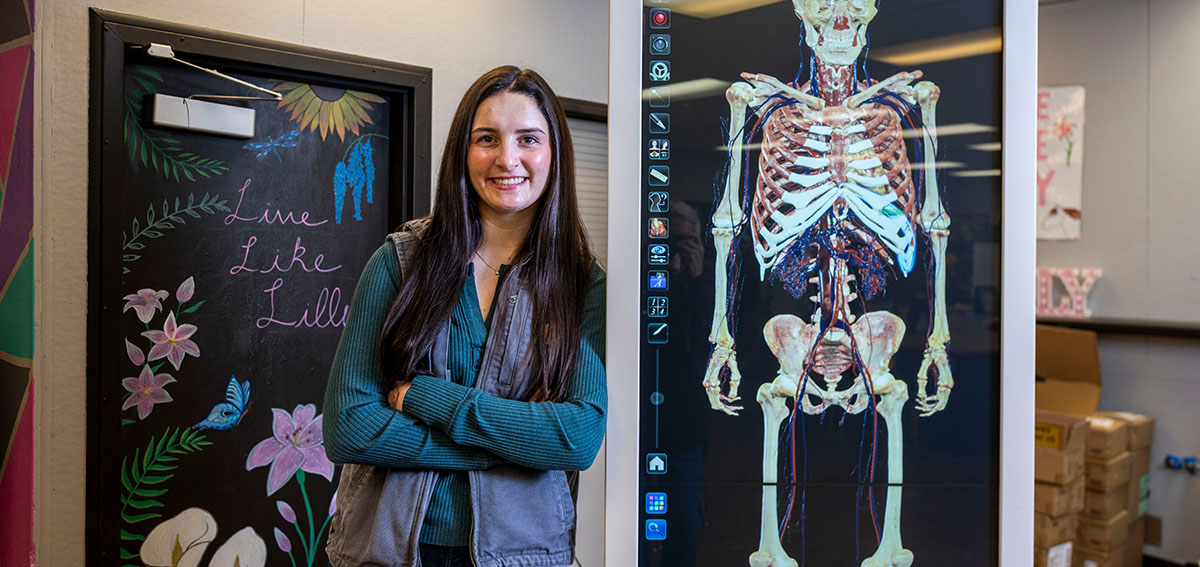View the Download
Key Takeaway
- Organizations employing community-connected workers report more positive experiences with CalAIM and better outcomes for people with complex needs.
Community-connected workers — including community health workers, promotores, and peer support specialists — play a crucial role in CalAIM implementation. In summer 2024, CHCF surveyed 948 people working on the ground to implement CalAIM programs. This fact sheet compares findings from the survey of 302 leaders from organizations who employ community-connected workers to 117 leaders whose organizations do not.
Organizations with community-connected workers report greater improvements for specific populations compared to those without:
- Better care for Latino/x populations (49% vs. 38%)
- Better care for people experiencing homelessness (59% vs. 41%)
- Better care for people with serious mental health or substance use disorder needs (49% vs. 37%)
Overall, 62% of leaders at organizations employing these workers report improved client care experience due to CalAIM, compared to 46% at organizations without them.
Why Organizations Value Community-Connected Workers
Community-connected workers are valued for their ability to:
- Create connections with clients through shared experiences
- Reach diverse communities
- Serve those with limited English proficiency
Organizational Characteristics
Organizations employing community-connected workers tend to be larger, have prior experience with whole-person care initiatives, and serve a wider range of populations with complex needs.
The fact sheet is available for download below.




